As we approach the end of the year, I thought I'd share some things that went well in my (art) world and how grateful I am for the people who made my life better in 2021. My interactions with others were mostly by phone (calls and texts), email, and zoom, but they all contributed to my well-being and my sanity, if I'm being honest.
Some highlights:
- Getting texts or emails from fellow artist friends asking me for my opinion on their painting (problem-solving is something I enjoy!)
- Taking a phone call from a novice artist who'd seen my work locally and asked my advice about how to advance his painting skills (we talked for an hour and he took notes--I think I wore him out and gave him much to think about!).
- A thoughtful phone call from a cousin telling me she'd seen my work on facebook, and then her description of WHAT she liked about my emerging new style of painting.
- Monthly ZOOM critiques with trusted artist friends
- Posting a painting on facebook and getting hundreds of likes/comments (and suggestions for titles!). Art is meant to be seen, so this was a good way to put it out there for an audience each day.
- Rekindling friendships via facebook (and then taking time to chat on the phone with old friends from college days); making new art friends via facebook, and getting to see their work.
- Teaching art workshops via ZOOM: once I embraced this way of teaching, I hit upon a mix of slideshows, demos, and critique to come up with a format that benefits the students, and suits my personality.
But because I knew you
I have been changed for good."
-- (lyric from the musical "Wicked")
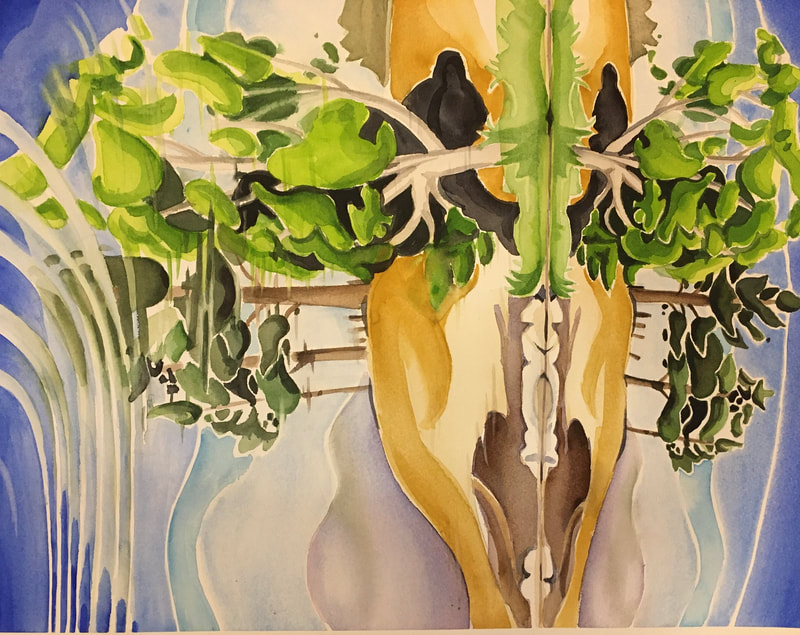
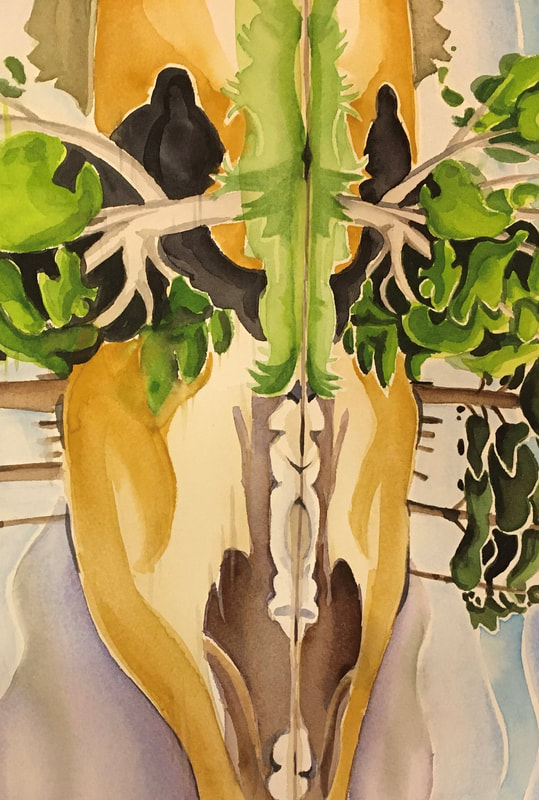
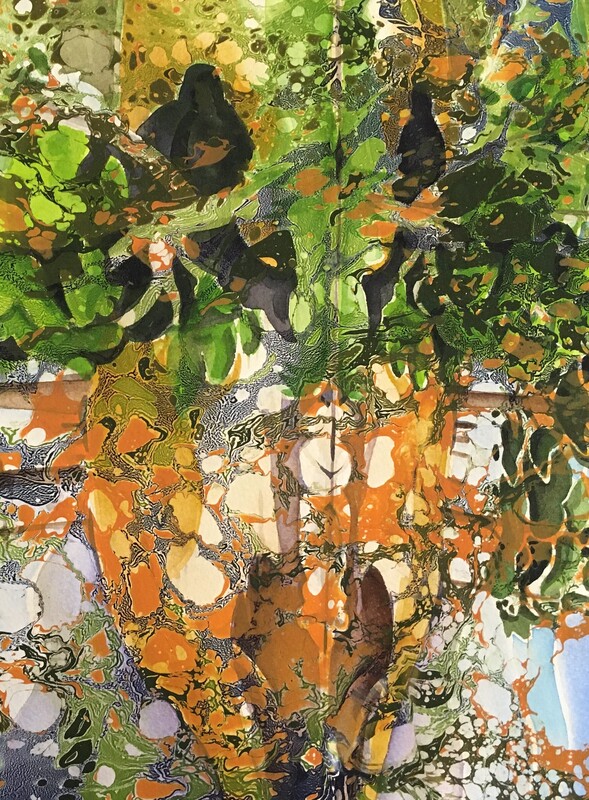
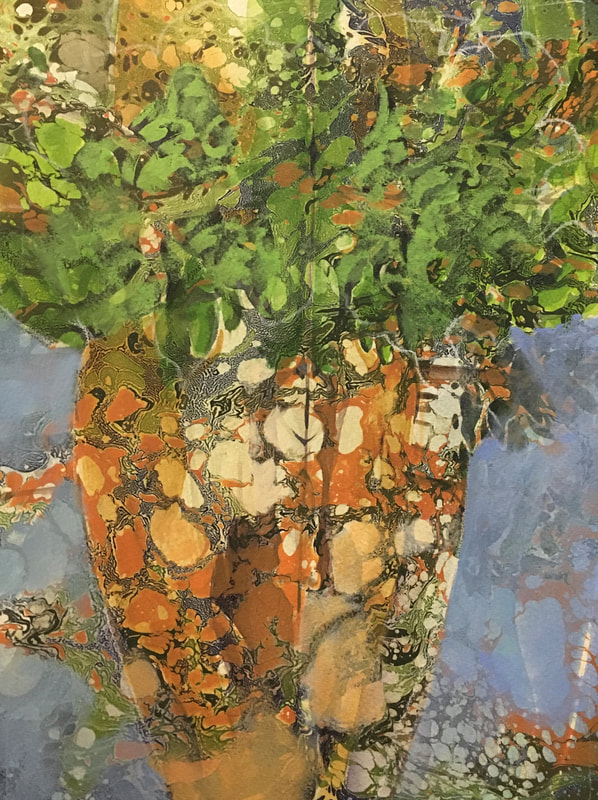
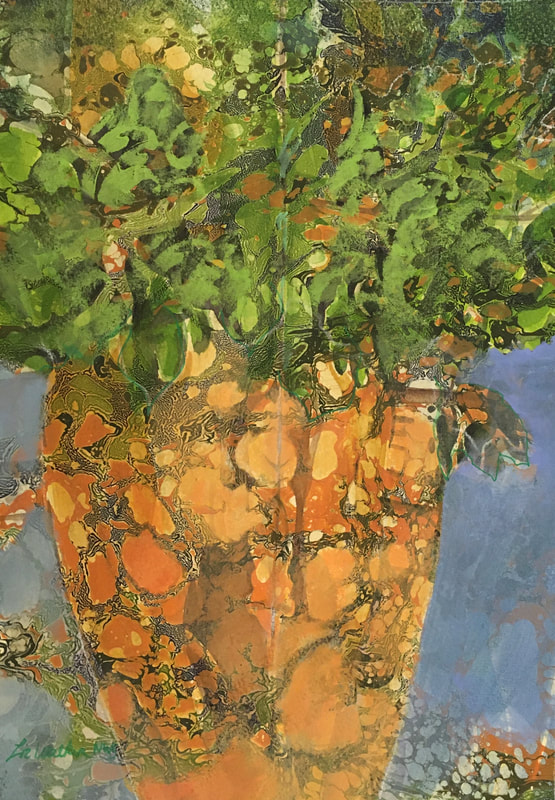
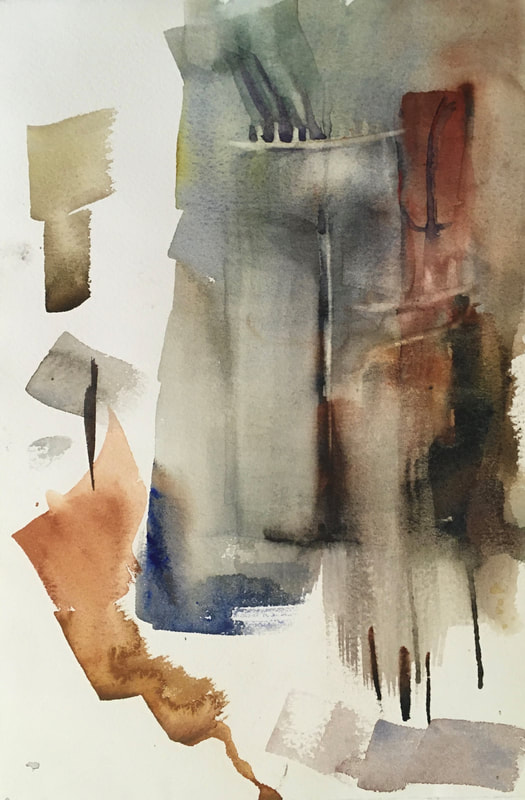
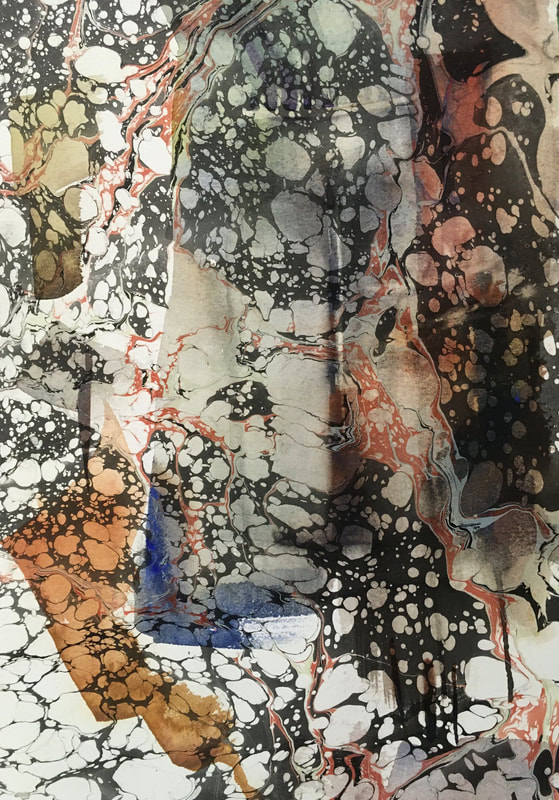
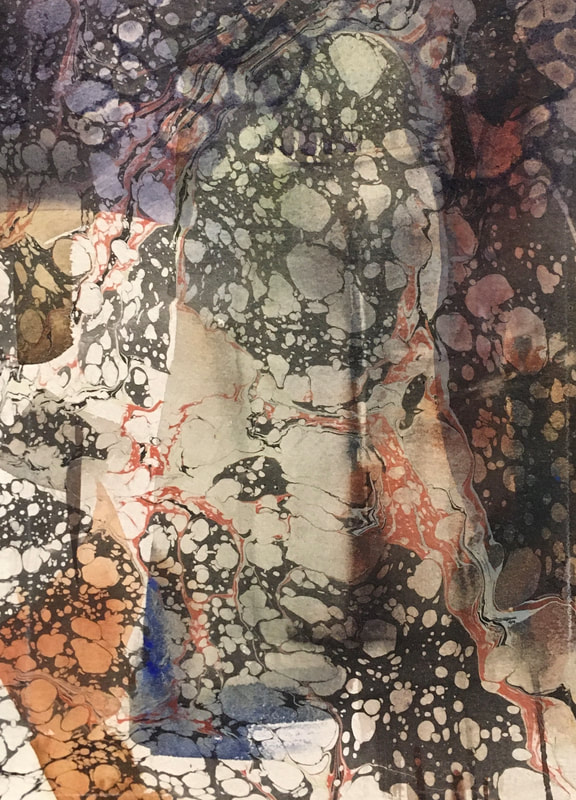
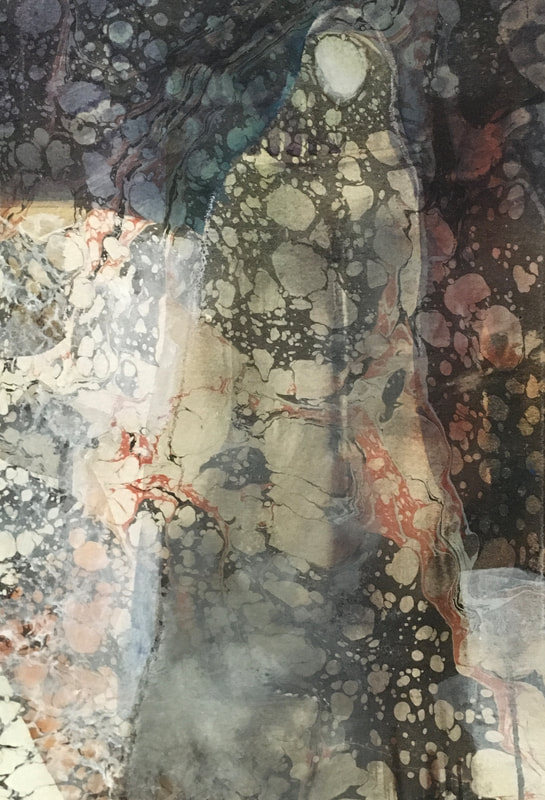

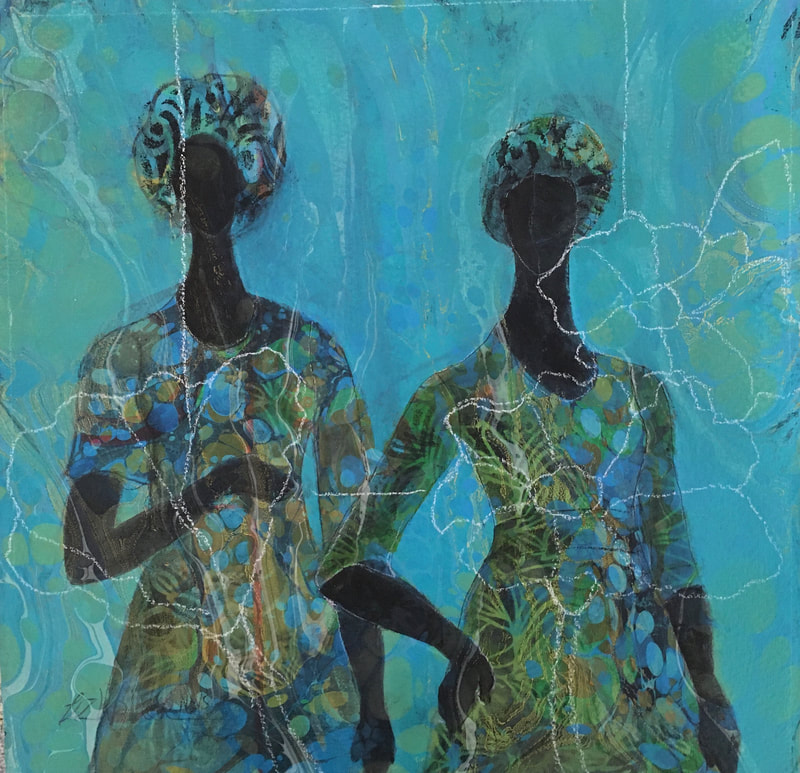
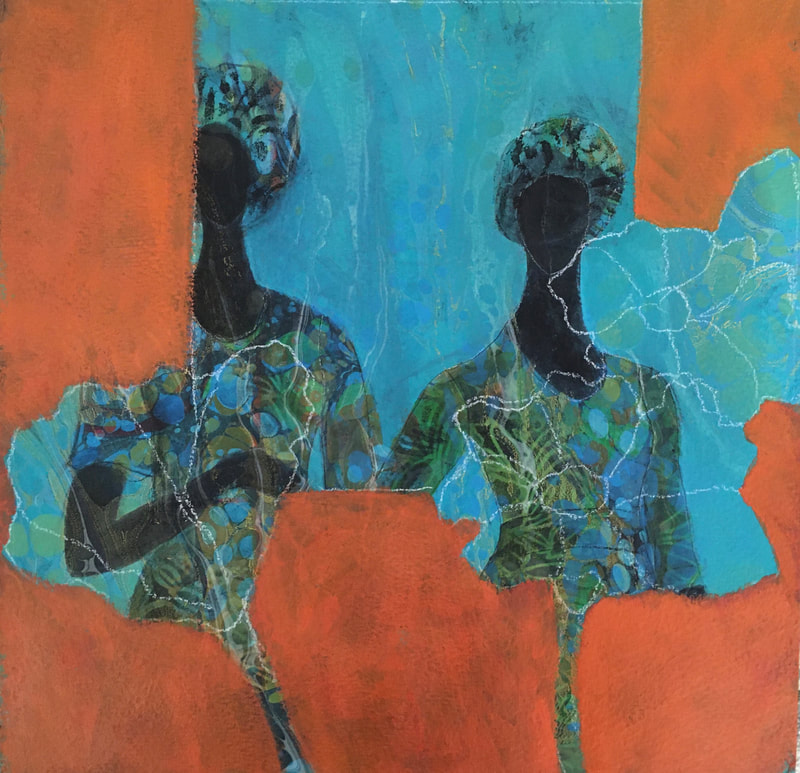
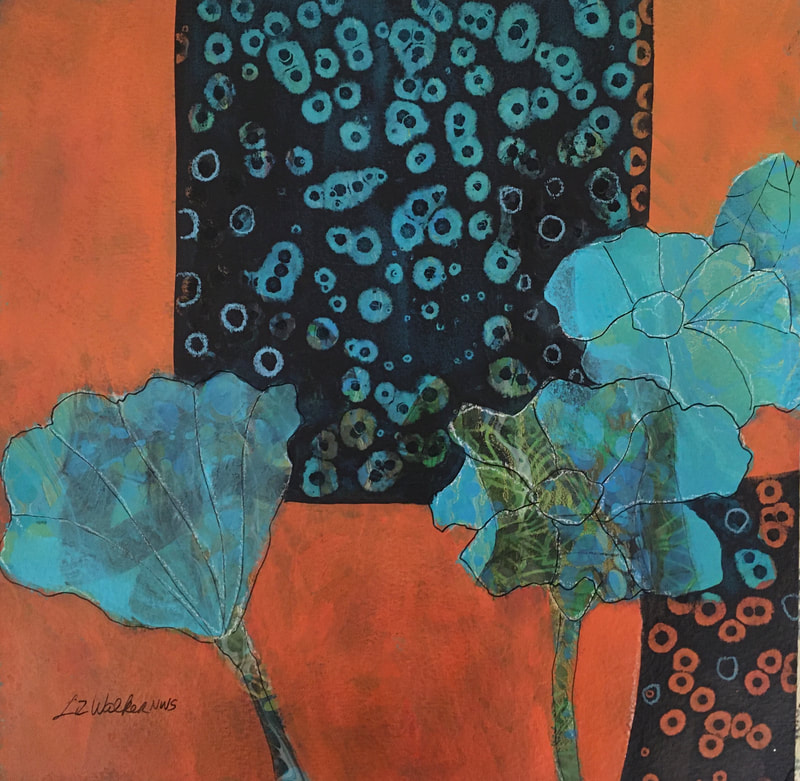
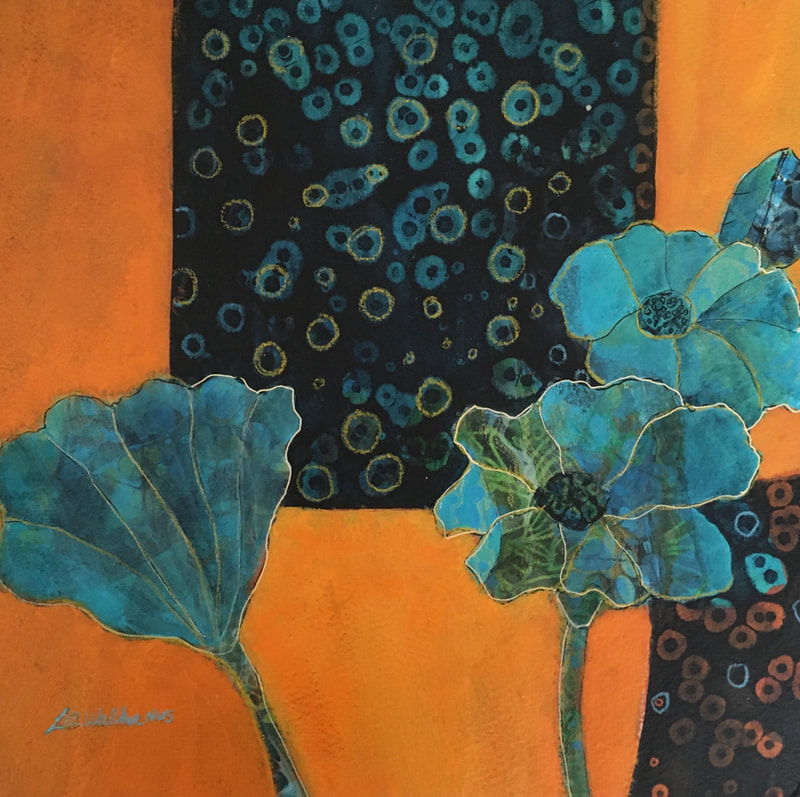
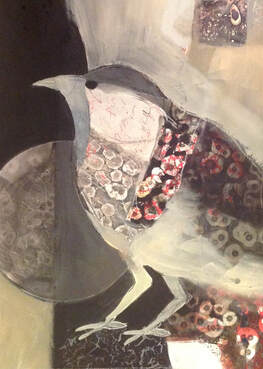
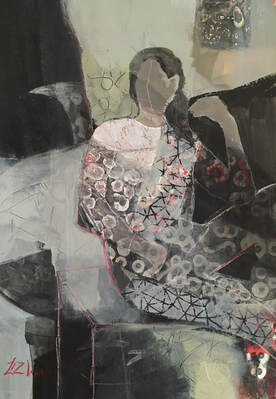
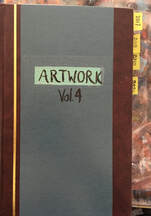
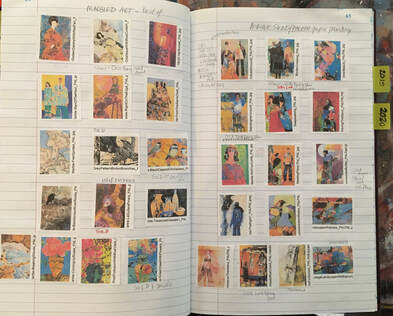

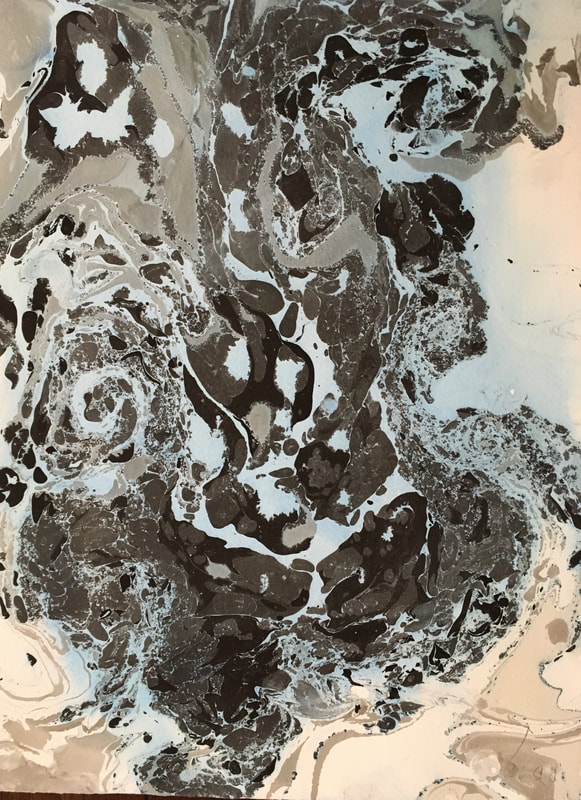
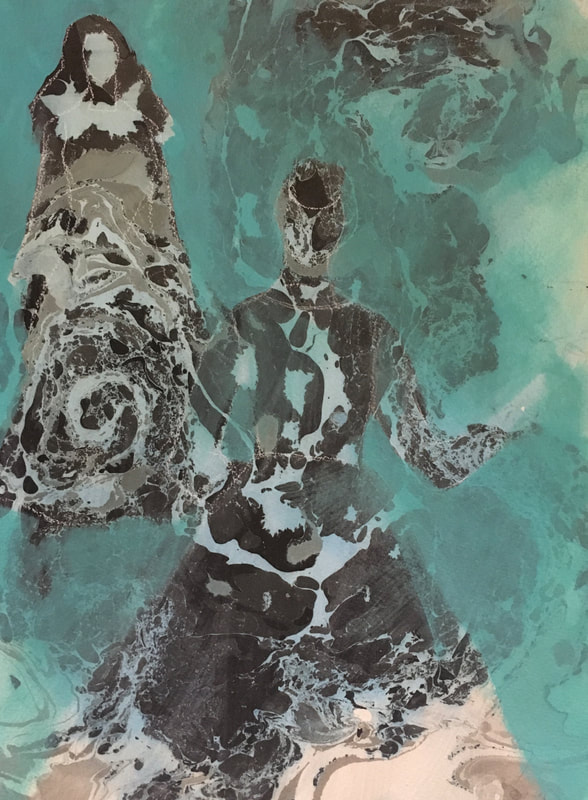
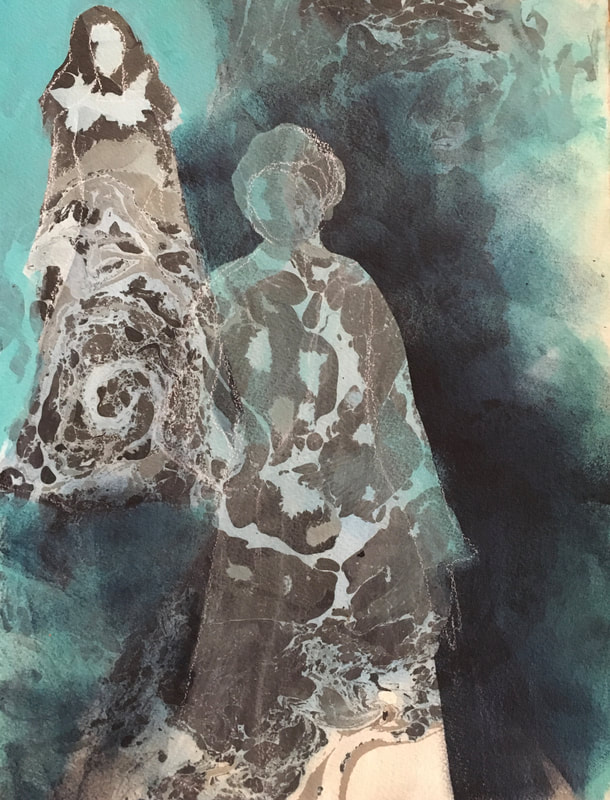
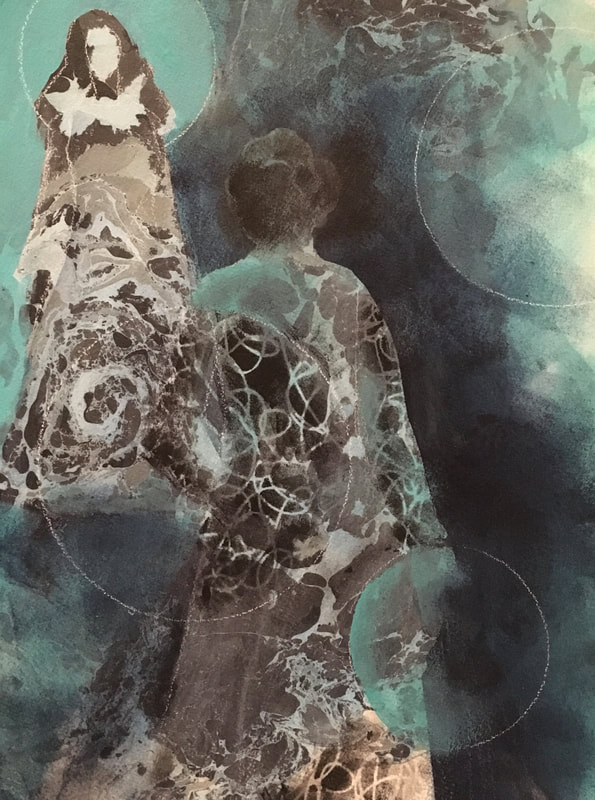
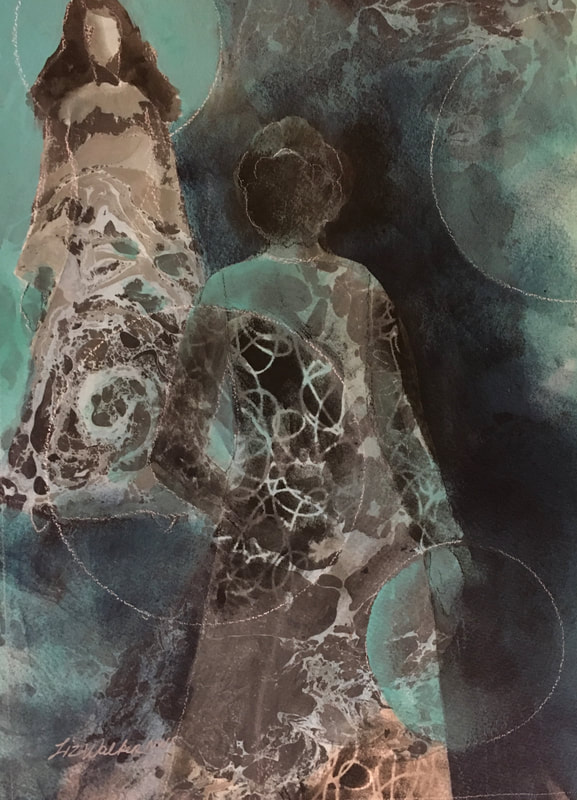
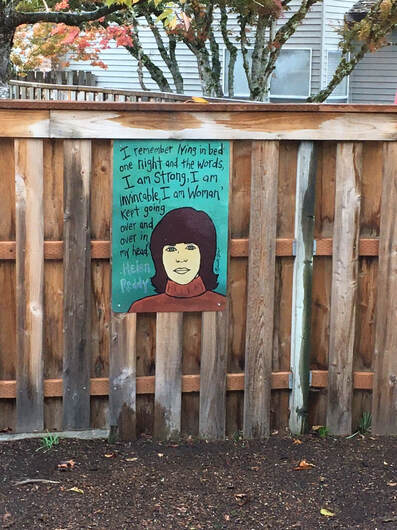
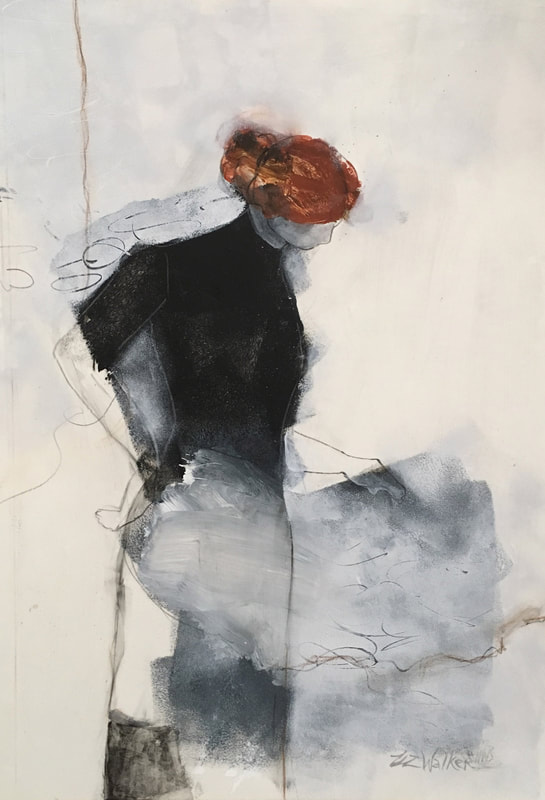


 RSS Feed
RSS Feed